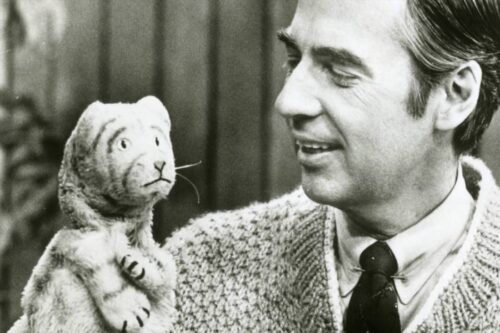What Mr. Rogers Teaches About Us Communications

Photo Courtesy of PBS.
A couple weeks ago, my parents and I went to see “Won’t You Be My Neighbor,” the documentary about Mr. Rogers, the beloved children’s television host.
He was an ordained minister and when he came home on break from the seminary, his parents had gotten a television. He had no idea what it was, but as he said in the film he just knew it could be used in a powerful way to impact children. He never took a pulpit ministry, but he ministered to countless number of children throughout the run of the show.
For more than 30 years, Mr. Rogers’ Neighborhood, with its friendly cast of puppets and friends, spoke directly to children about some of life’s toughest topics. By starting a dialogue on such things as race relations and civil rights, or the assassination of a presidential candidate or a schoolteacher losing her life aboard a space shuttle, he never shied away from the difficult discussions. For many parents, he provided the opportunity for them to continue the discussion at home with their children.
Mr. Rogers’ lessons are important for communicators, too.
Whether he was talking to Daniel the Tiger, Mr. McFeely or Officer Clemons, he always made sure these lessons were evident:
- Be honest. Don’t hide the truth.
- Be yourself.
- Ask a question and then listen to the answer.
- Answer the question and then listen for the next one.
- Speak clearly and concisely.
Could Mr. Rogers work today?
One of his greatest accomplishments was lobbying Congress back in the ‘60s to fund public television to the tune of $20 million. Today’s PBS programming relies heavily on individual donors, grants and foundation support.
I was struck by the simplicity of the program, yet how powerful the messaging was. Would today’s kids appreciate what Mr. Rogers Neighborhood was all about? Could a program like this make it today?
His final lesson was about being successful. “There are three ways to ultimate success: The first way is to be kind. The second way is to be kind. The third way is to be kind.”

